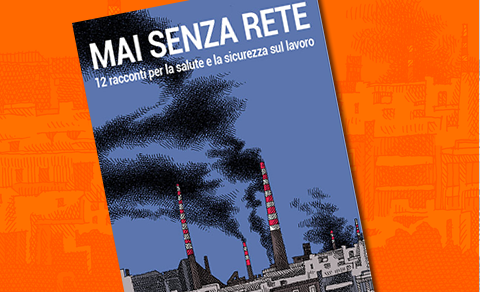Inail ha pubblicato in data 2 aprile gli Open Data riguardo il pr
LAVORO IN SICUREZZA Magazine
È stato, purtroppo, sfregiato il murale dedicato a Luana D’Orazio
Domande e risposte
A domanda... risposta!
Vivi un problema di salute e sicurezza nel tuo luogo di lavoro? Fai una domanda o consulta il nostro archivio!
Fai la domanda
Ultime Domande
Scopri il libro di Rete Iside: 12 racconti, 12 storie per promuovere salute e sicurezza sul lavoro.










